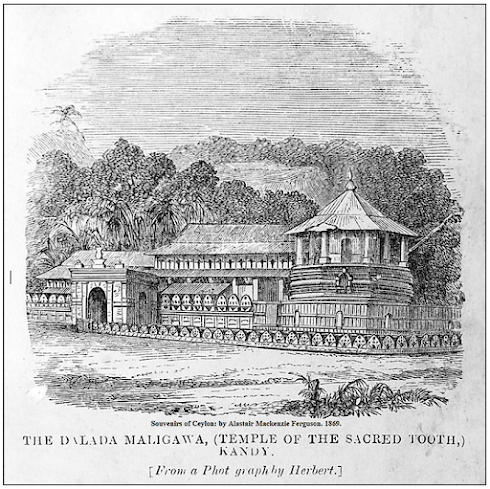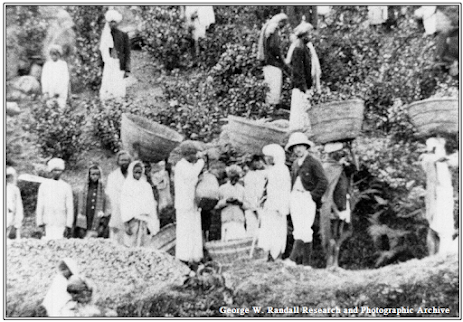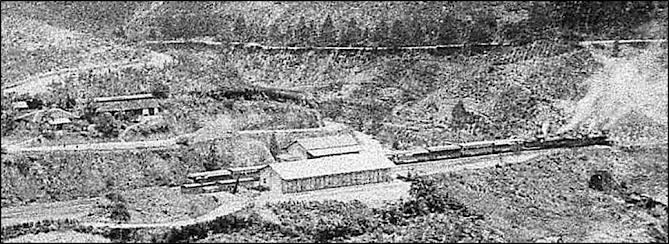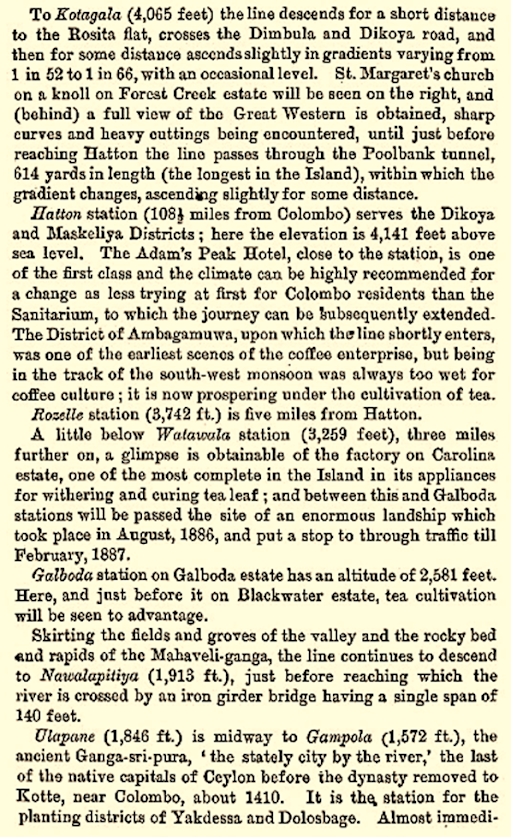INDIA - BOMBAY
GEORGE BULLOUGH – WORLD TOUR 1892-1895 *
GEORGE BULLOUGH – WORLD TOUR 1892-1895 *
Written from first-hand research and illustrated by George W. Randall, Co-founder and former Vice Chairman Kinloch Castle Friends' Association.
Twenty-two year
old George Bullough (right) and his travelling companion,
Bombay via Poona
arriving at 11am the following day at the magnificent
Great India
Peninsular Railway Victoria Terminus,
built in the
Gothic style and completed
only four years earlier at a
cost of £300,000,
today according to the
Office of National Statistics.
only four years earlier at a
cost of £300,000,
today according to the
Office of National Statistics.
(George W. Randall Archive)
*** *** *** * *** *** ***
*** *** *** * *** *** ***
They
visit the “excellent clubs”, (George Bullough later becoming a member of
the
Royal
Bombay Yacht Club), the Natural History Museum, native shops and
viewed
the Zoroastrian Towers of Silence, the final resting place of those of the
Parsee religion whose precepts are
the Zoroastrian Towers of Silence, the final resting place of those of the
Parsee religion whose precepts are
“Good
Thoughts, Good Words, Good Deeds.”
On
the 13th December they left Bombay by train via Ahmedabad to
Viramgam,
Wadhwam
and Raumpur, in the state of Gujarat
“for
some of the best small game shooting in India.”
Here
they spent Christmas and welcomed-in 1893 as guests of
Mr.
A. Whittle of the engineering company, Messrs. Greaves, Cotton.
On
Wednesday, 4th January 1893 our travellers departed on the
overnight train to Jeypoor,
known
as the Pink City, an ancient metropolis of high strategic and
historical importance.
Twenty
photograph albums in the library at Kinloch Castle, Isle of Rum, Scotland,
record
these and all the places they visited one hundred and twenty-five years ago.
It was a
world at the height of the Victorian Era, a world now beyond living memory,
a very different world, yet a world the ramifications of which profoundly affect
and influence life today in the twenty-first century.
a very different world, yet a world the ramifications of which profoundly affect
and influence life today in the twenty-first century.
 |
| The twenty albums each measure 14½ x 10¼ inches and contain almost seven hundred images. Those of Japan are hand-coloured, the rest black and white. Some were taken at the time, most were purchased. |
After three
years of travelling the world they returned to Bullough’s home town,
Accrington, England
in late 1895.
Described by Mr.
Mitchell, their experiences were reported in the local newspaper,
The Accrington
Division Gazette commencing
with an
Introductory
Article in May
1896, and twenty seven subsequent articles, the last,
Pretoria,
Johannesburg, the Discovery of Diamond City,
was published on
the 12th of December 1896.
Numbered notes relating to the text, included at the end of each chapter,
are intended to
give historical background and understanding to the
120 year old text and
hopefully encourage further reading and research.
*** *** *** * *** *** ***
*** *** *** * *** *** ***
*** *** *** * *** *** ***
*** *** *** * *** *** ***
*** *** *** * *** *** ***
*** *** *** * *** *** ***
 |
| NEAR LOUISA POINT, MATHERAN. From Album II * Image 18 * Size 12 x 7½ inches. (A purchased photograph number 2198) (George W. Randall Archive)
Louisa Point, set in an area known as Cathedral Rocks, affords fine views and beautiful sunsets. At the time of our traveller’s visit it was possible on a clear day to see and hear Bombay thirty miles due west on the Arabian Sea coast.
|
POSTED BY GEORGE W. RANDALL
27 DECEMBER 2017



































































































































